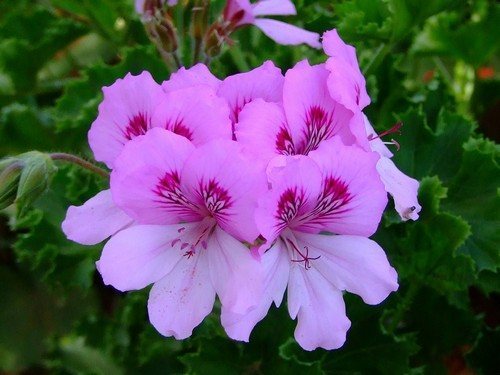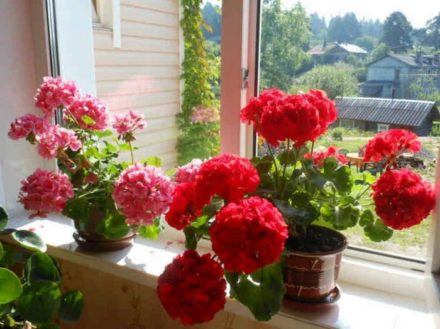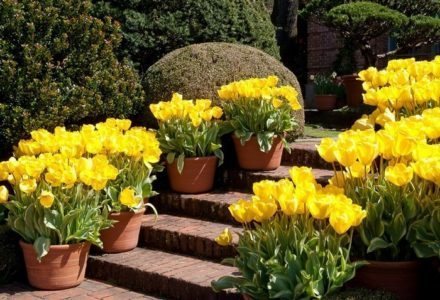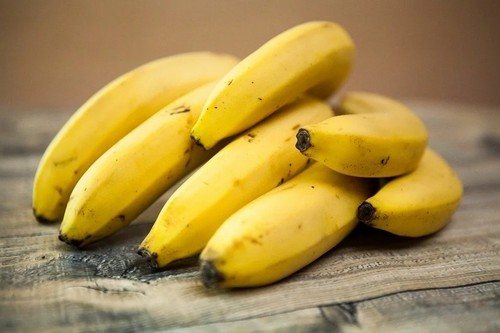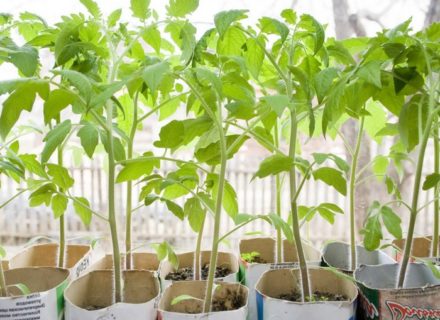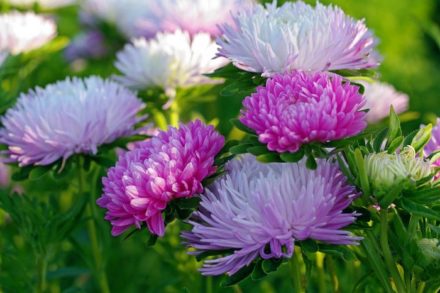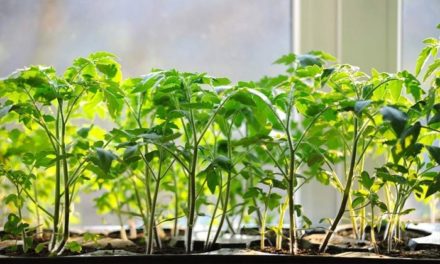Pelargonium flowers grace the patio or garden for most of the year. In addition, with the help of this plant you can create beautiful compositions. However, sometimes problems arise with pelargonium: sometimes people wonder why their geranium has suddenly turned yellow. To find the answer, you must first know some of the characteristics of the plant, and then you can begin to treat it.
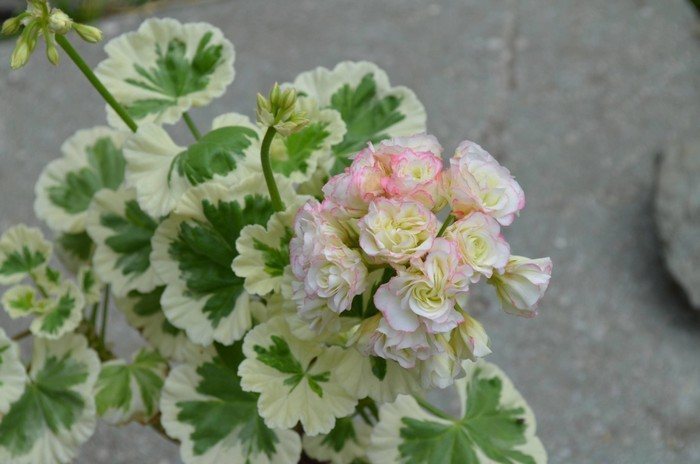
Yellow leaves
This phenomenon does not always indicate a problem. Sometimes a leaf may turn yellow simply because its time has come. But this can also happen due to low temperature.
Geranium is a herbaceous plant that, although it can be grown outdoors throughout the year in warm and temperate climates, slows its growth with the onset of winter (when temperatures drop below 15ºC). This in itself is not a problem, since pelargonium needs to “rest” in order to have strength in the spring, but if the mercury in the thermometer continues to fall and drops below 0º, then the leaves will turn yellow and fall off, since they cannot withstand frost.
What to do? If temperatures drop below -2ºC, it is best to keep geraniums indoors until spring begins.
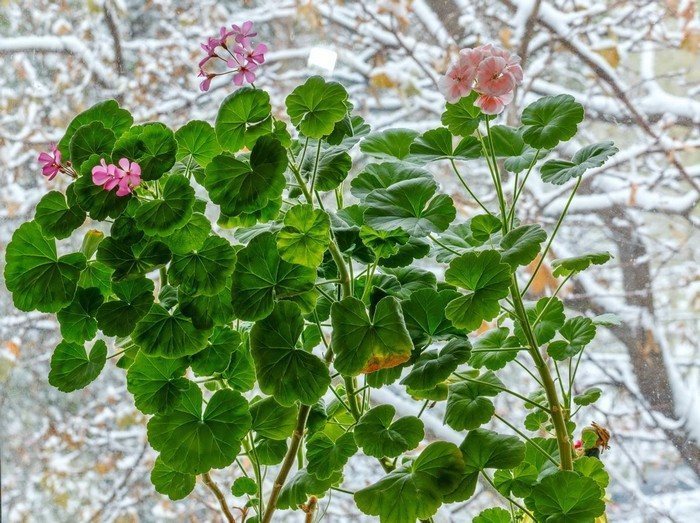
Leaves turn yellow and fall off
Any gardener will be upset by unhealthy looking leaves. If a geranium loses too much foliage, it will die. Most often this happens due to excess moisture.
Watering is important for almost all plants. But people often think that the more water you give a flower, the better it will be, although in reality everything is completely different. Whether you water too little or too much, your geranium will get sick. If overwatered, the lower leaves will begin to turn yellow, which will eventually lead to their falling off. In addition, despite the abundance of water, the plant will look wilted.
What to do? It is best to remove the plant from the pot, wrap the root ball in absorbent paper and leave it out of direct sunlight until the soil dries out. After that, plant it back in the pot and treat it with a fungicidal spray to prevent fungus from appearing.
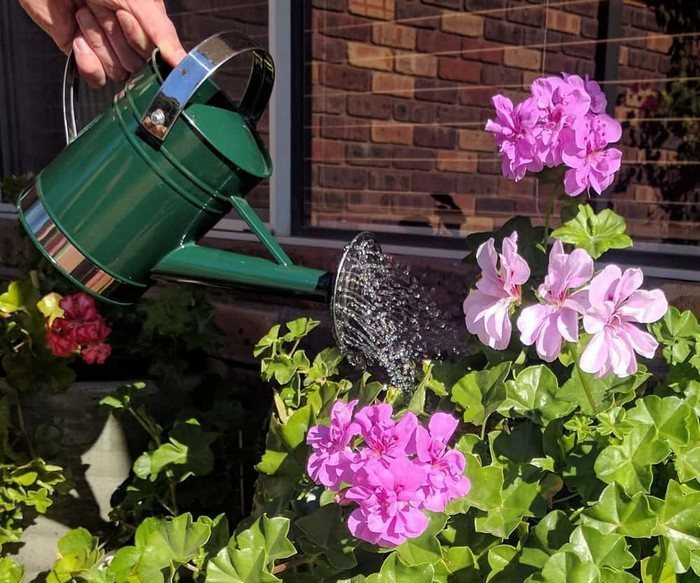
Dry edges
This phenomenon is typical for old leaves, but if dry edges appear throughout the pelargonium, then this is a reason to be wary.
Geranium needs a lot of water, especially in summer; in hot weather, abundant watering is recommended. But if you give less moisture than necessary, the leaves will turn yellow and look wilted. They may also curl when the edges dry out.
What to do? Give water, of course. You can even take the pot and place it in a container of water until the soil is saturated. This will allow the flower to recover quickly.
Withered leaves
Sometimes the problems are not obvious - the flower does not seem to be sick, but it looks sluggish and grows slowly. These are clear signs that it has not been fertilized for a long time.
If you plant a geranium in a pot and do not replant it in a new substrate every two years, the nutrients will eventually be depleted and the plant will begin to weaken.
What to do? In addition to replanting every two years, it is very important to fertilize your pelargonium from spring to fall with a flowering plant food (following the directions on the package).
Geranium is an unpretentious flower and does not require serious care; you just need to give the plant a comfortable environment.


